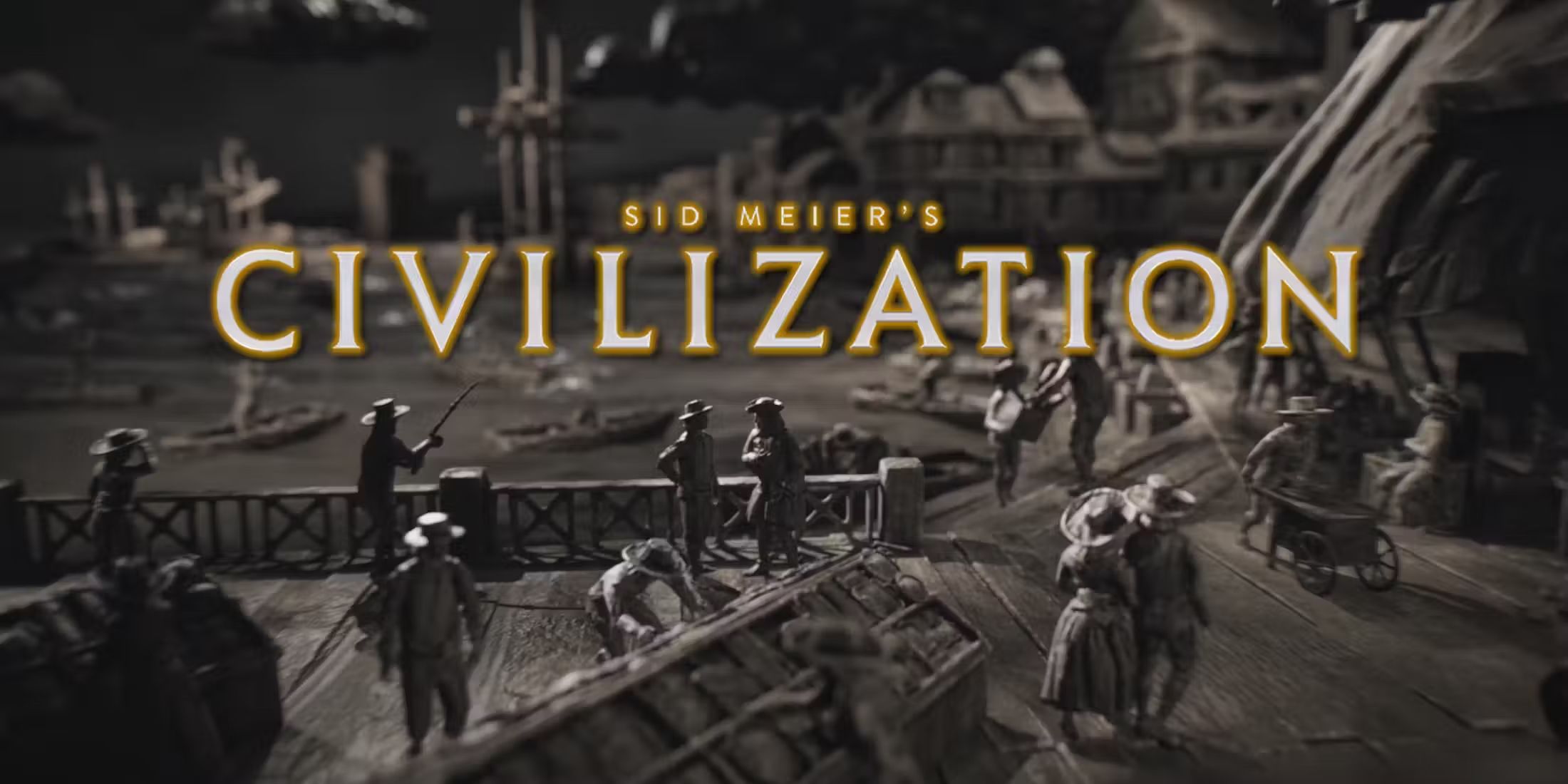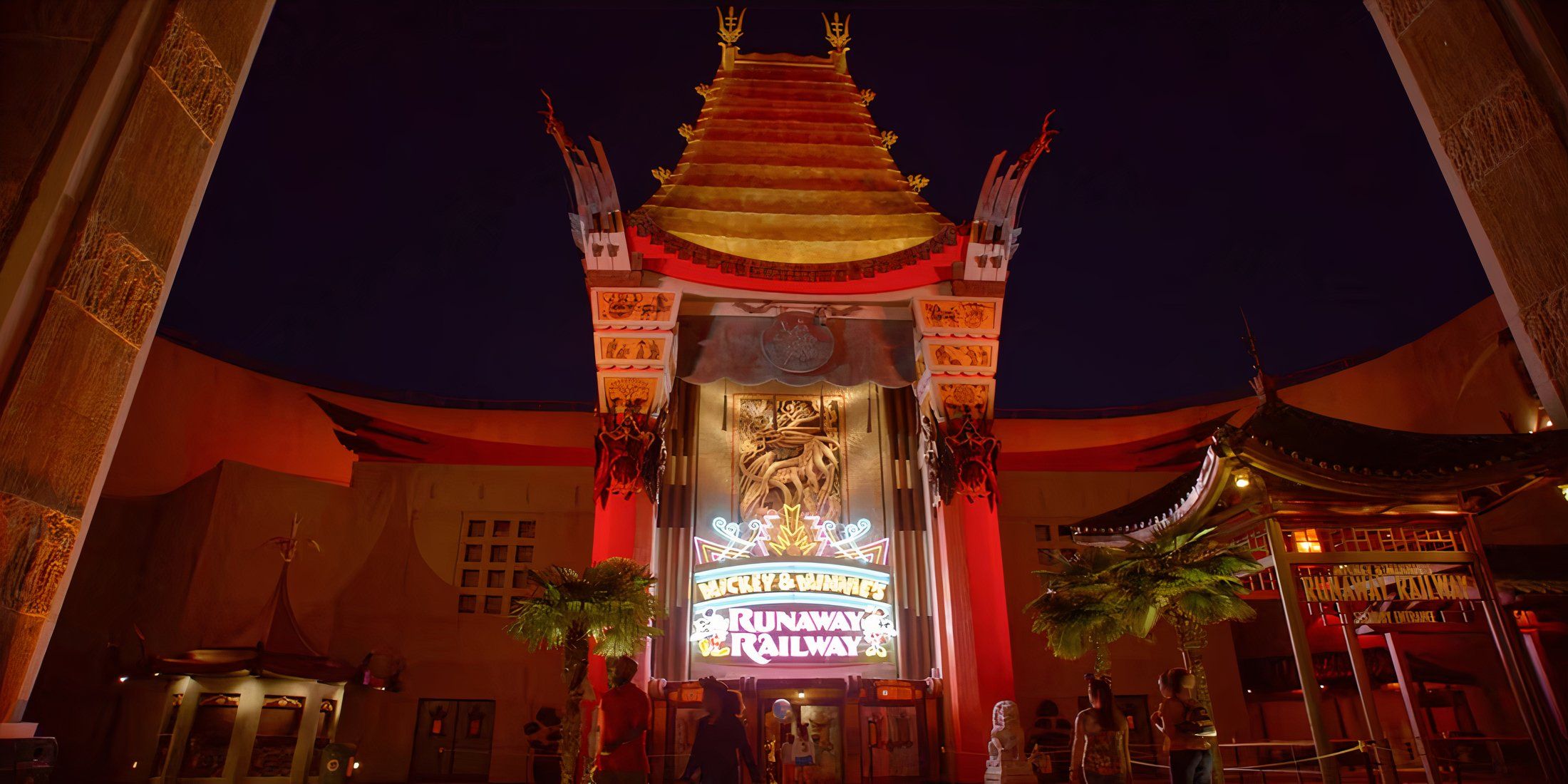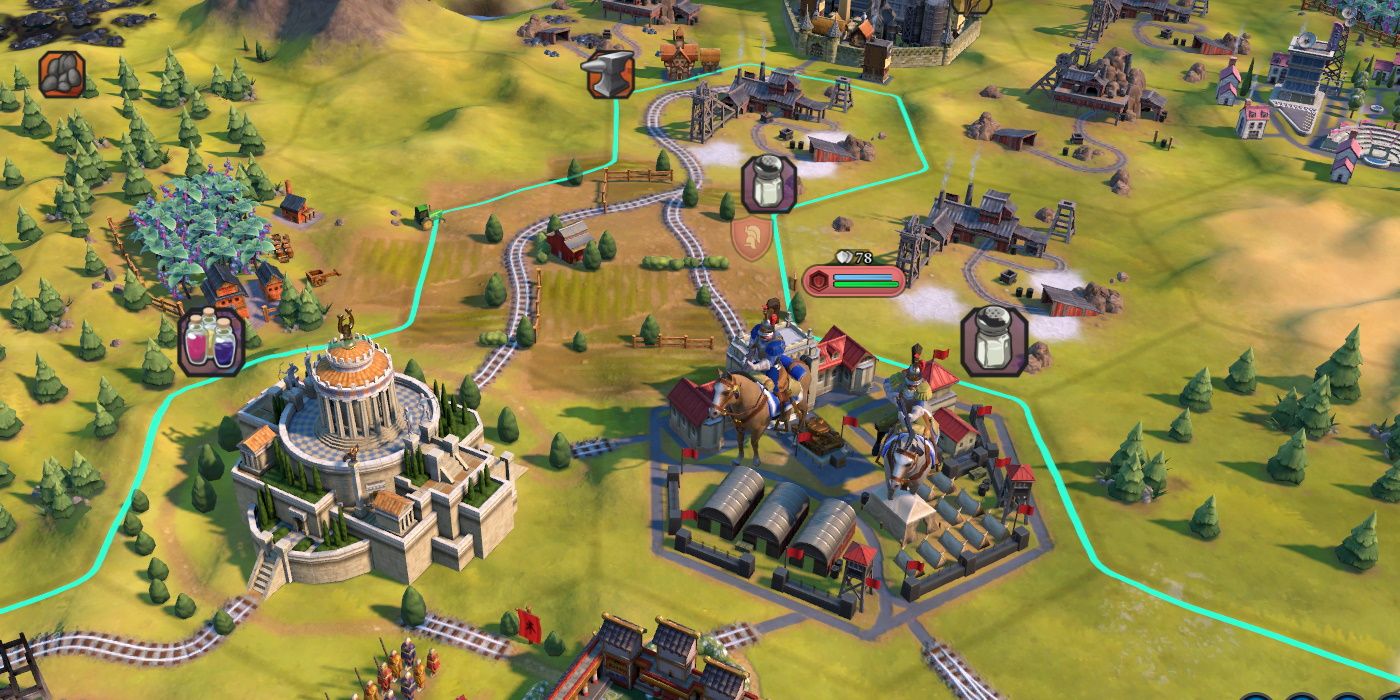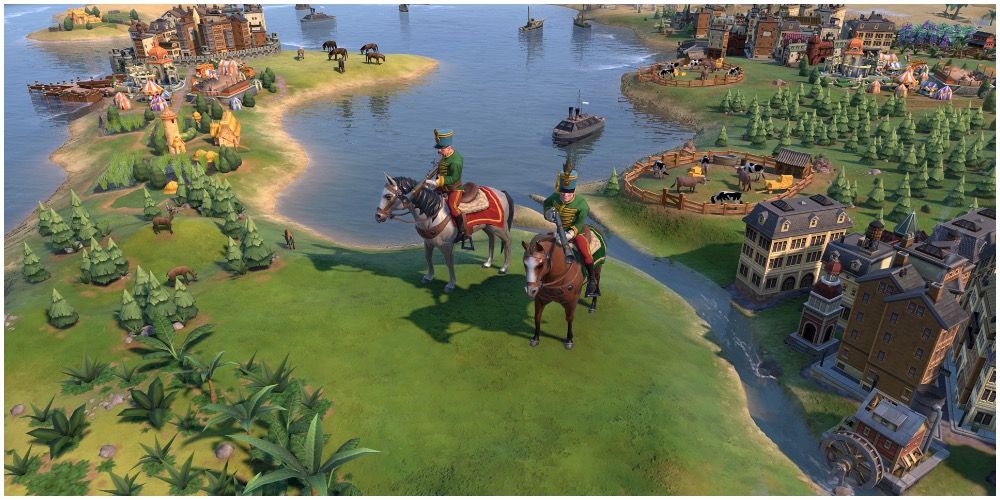There are many choices for players to make in Sid Meier's Civilization 6, but one of the very first decisions is on where players should settle. There are many good locations for settling cities, but what some players may not know is that there can be benefits to settling on top of resources. However, it's important to know which are the right ones.
In Civilization 6, there are four different categories of resources. They are artifacts, bonus resources, luxury resources, and strategic resources.
Each of these resources yield different types of benefits for players. However, these resources also behave differently when settled on.
Artifacts
Artifacts are a special resource that can be found on maps after players unlock the ability to train archaeologists. They don't provide resource yields and cannot have improvements put on top for them. Settling on top of them is additionally useless, so players are not recommended to settle on artifact spots due to it being a waste.
Bonus Resources
Bonus resources are the most common type of resource that players can find. There are eleven different varieties with each having their own different yields after having an improvement build on top of them. However, founding a city directly on top of a bonus resource will make it disappear without the benefits of harvesting it. Cities will not act as an automatic improvement for the tile.
Luxury Resources
Luxury resources are where things start to change. There are thirty-five total different types of luxury resources with their own special yields. They are:
- Amber - +1 Culture
- Cinnamon - (Obtained from becoming Zanzibar's Suzerain)
- Citrus - +2 Food
- Cloves - (Obtained from becoming Zanzibar's Suzerain)
- Cocoa - +3 Gold
- Coffee - +1 Culture
- Cosmetics - (Obtained from Great Merchant Helena Rubinstein)
- Cotton - +3 Gold
- Dyes - +1 Faith
- Diamonds - +3 Gold
- Furs - +1 Food and +1 Gold
- Gold Ore - (Only found in the Gifts of the Nile and Outback Tycoon scenarios)
- Gypsum - +1 Production and +1 Gold
- Honey - +2 Food
- Incense - +1 Faith
- Ivory - +1 Production and +1 Gold
- Jade - +1 Culture
- Jeans - (Obtained from Great Merchant Levi Strauss)
- Marble - +1 Culture
- Mercury - +1 Science
- Olives - +1 Production and +1 Gold
- Pearls - +1 Faith
- Perfume - (Obtained from Great Merchant Estée Lauder)
- Salt - +1 Food and +1 Gold
- Silk - +1 Culture
- Silver - +3 Gold
- Spices - +2 Food
- Sugar - +2 Food
- Tea - +1 Science
- Tobacco - +1 Faith
- Toys - (Obtained from Great Merchant John Spilsbury)
- Truffles - +3 Gold
- Turtle - +1 Science
- Whales - +1 Production and +1 Gold
- Wine - +1 Gold and +1 Food
Normally, an improvement is required to benefit fully from these luxury resources. However, this is a case where settling on top of a resource will both provide the resource and the bonus yields from growing them.
Strategic Resources
The last type of resource are the strategic resources. These are needed for various production projects and units to be created. However, not all of them are viewable from the start of a Civilization 6 game. The strategic resources and their yields are:
- Horses - +1 Production and +1 Food
- Iron - +1 Science
- Niter - +1 Production and +1 Food
- Coal - +1 Production and +1 Food
- Oil - +3 Production
- Aluminum - +1 Science
- Uranium - +2 Production
While settling on top of a strategic resource will net players a supply of the resource, it will not give players the yields. Unless players are very paranoid about an enemy pillaging an improvement with their strategic resource, it's best to just settle nearby and build an improvement to get the yields.
Civilization 6 is available now for PC, PS4, Switch, and Xbox One.
Source: Civilization Wiki





